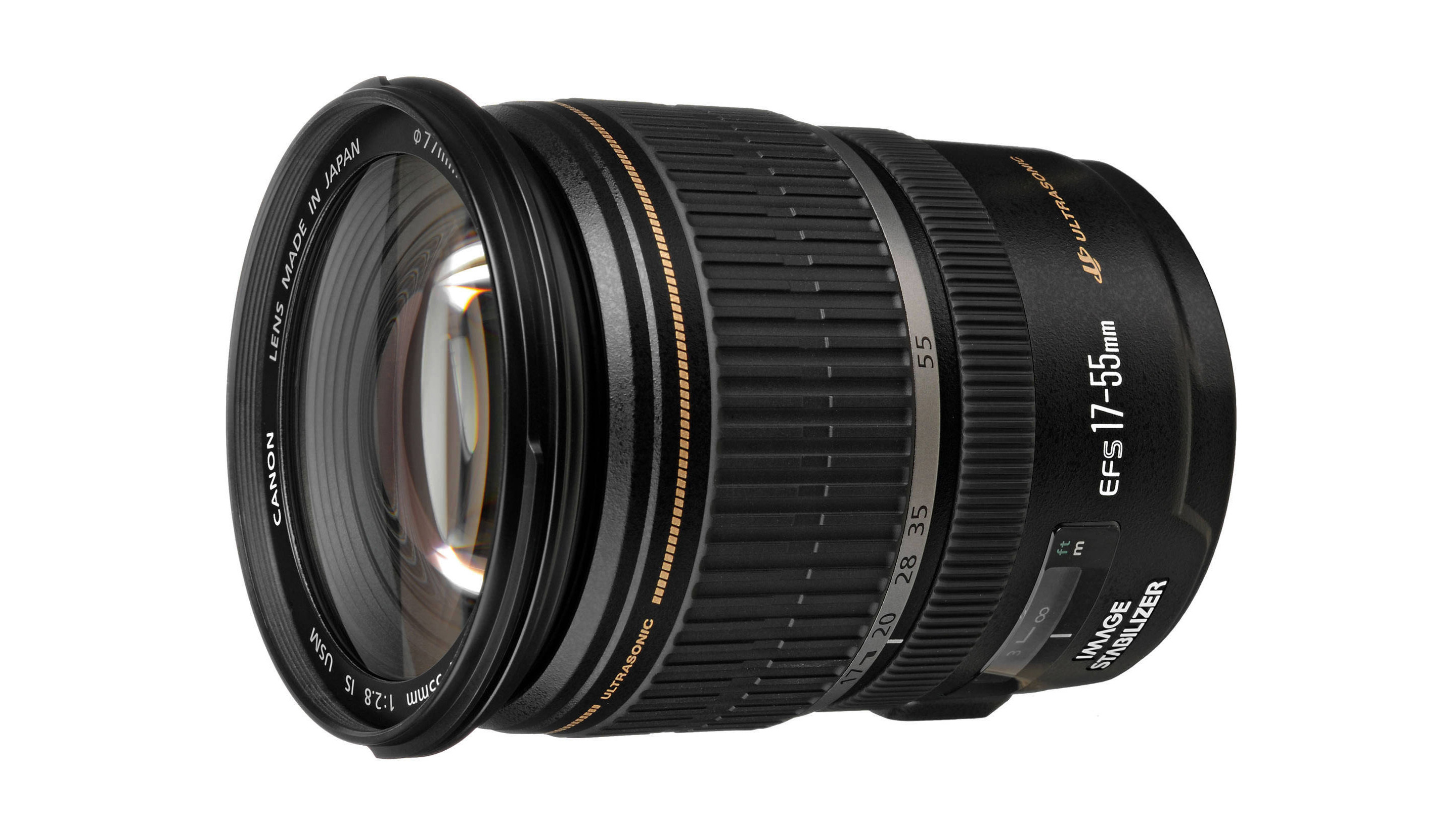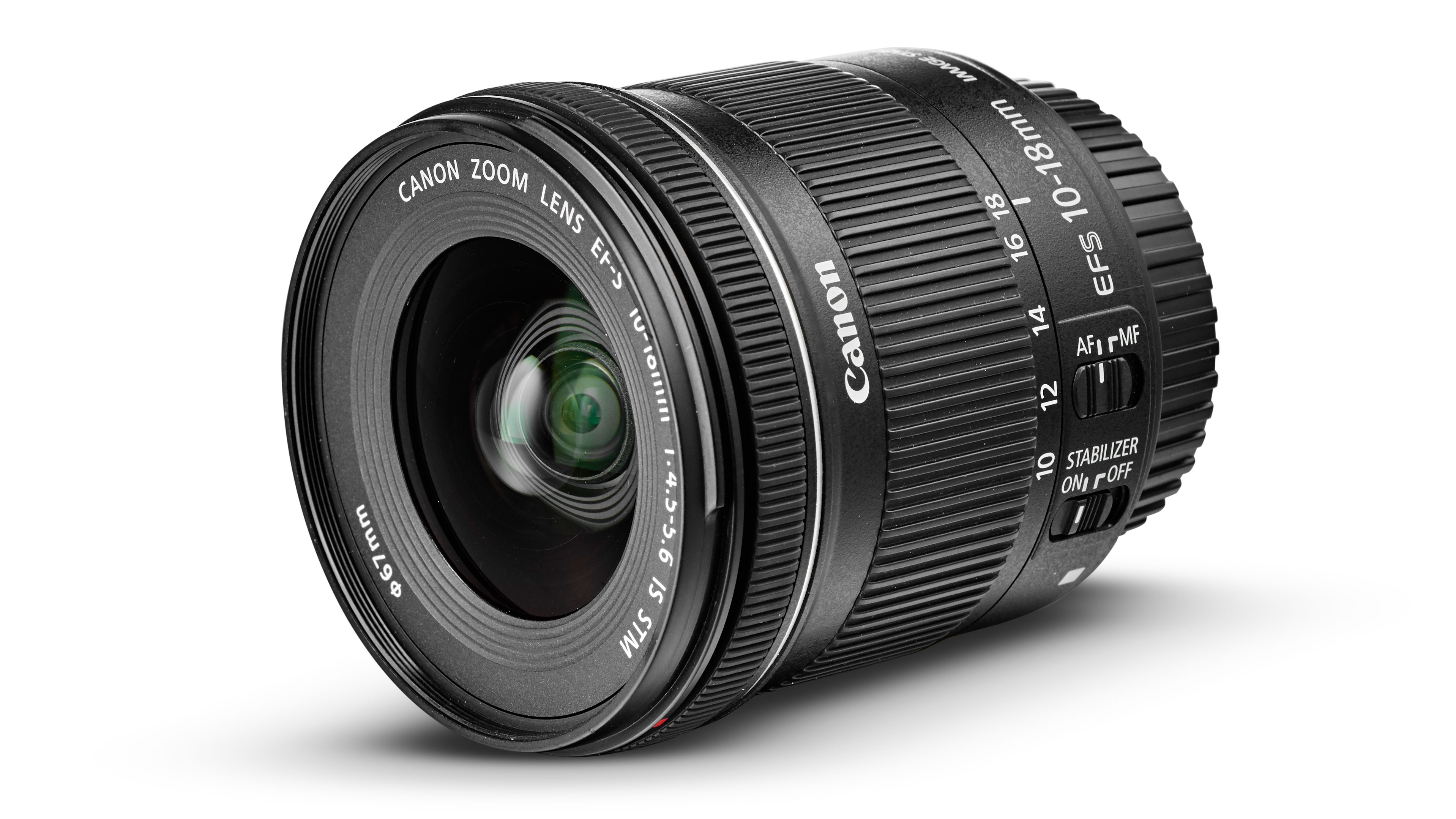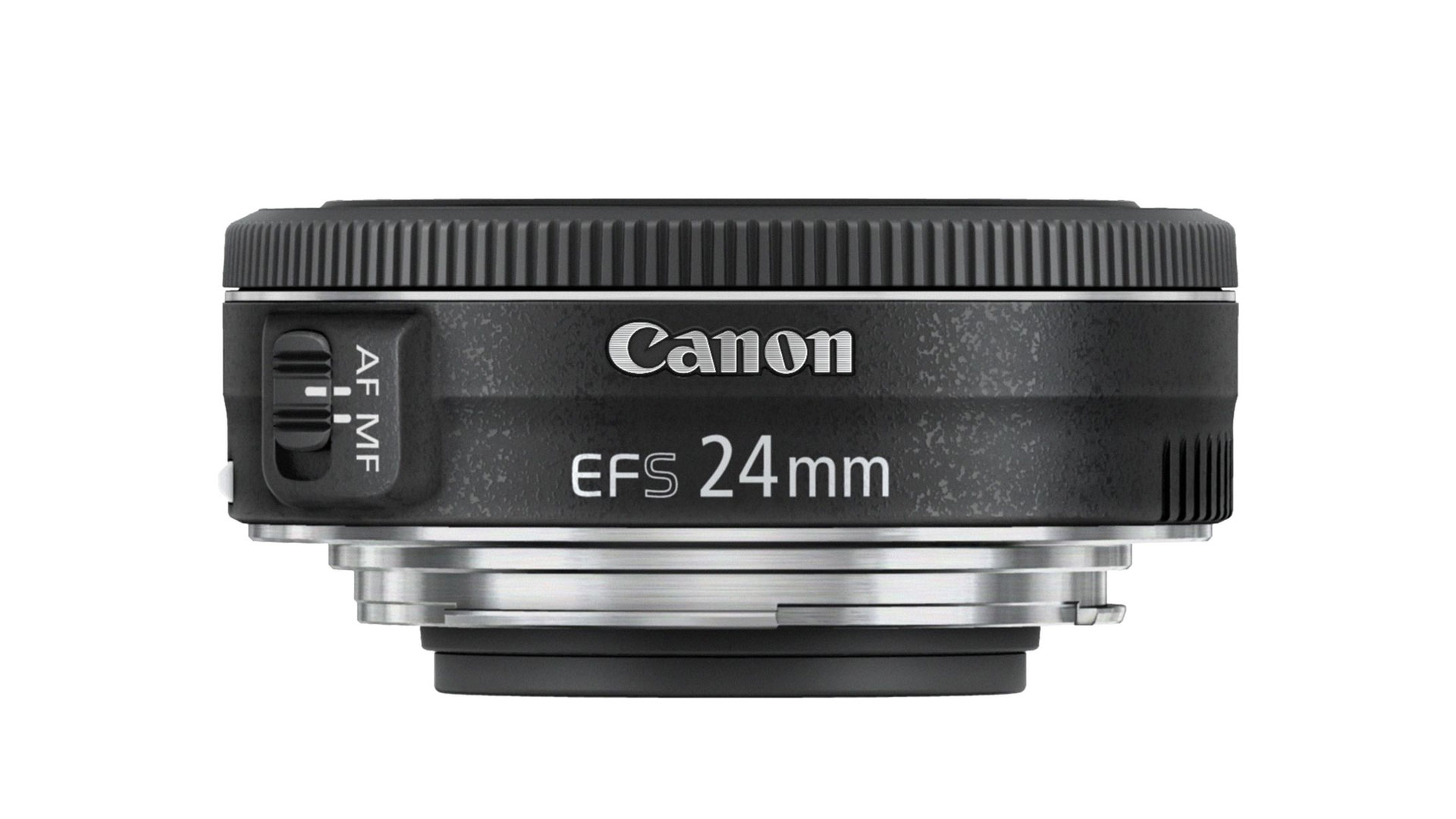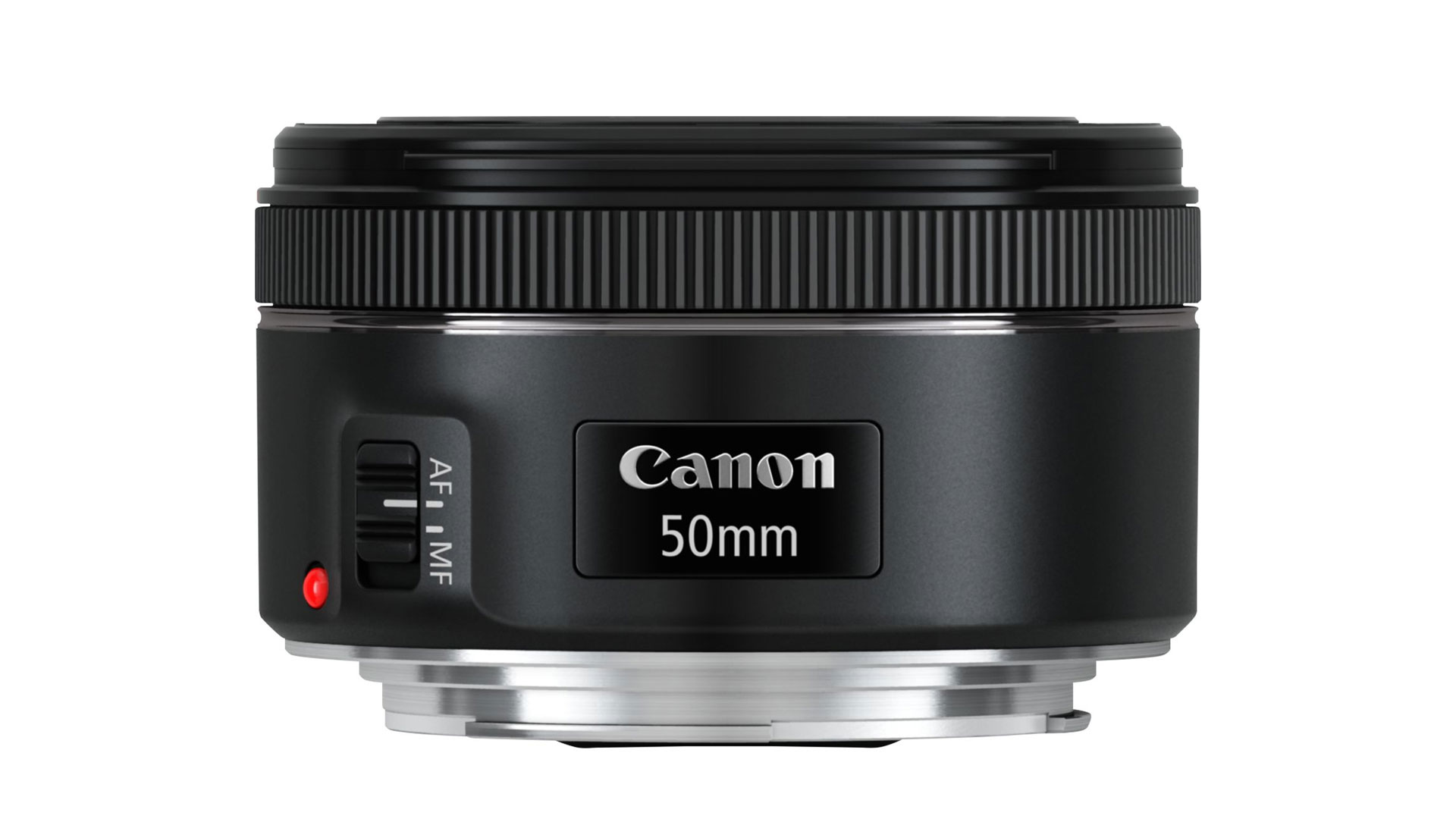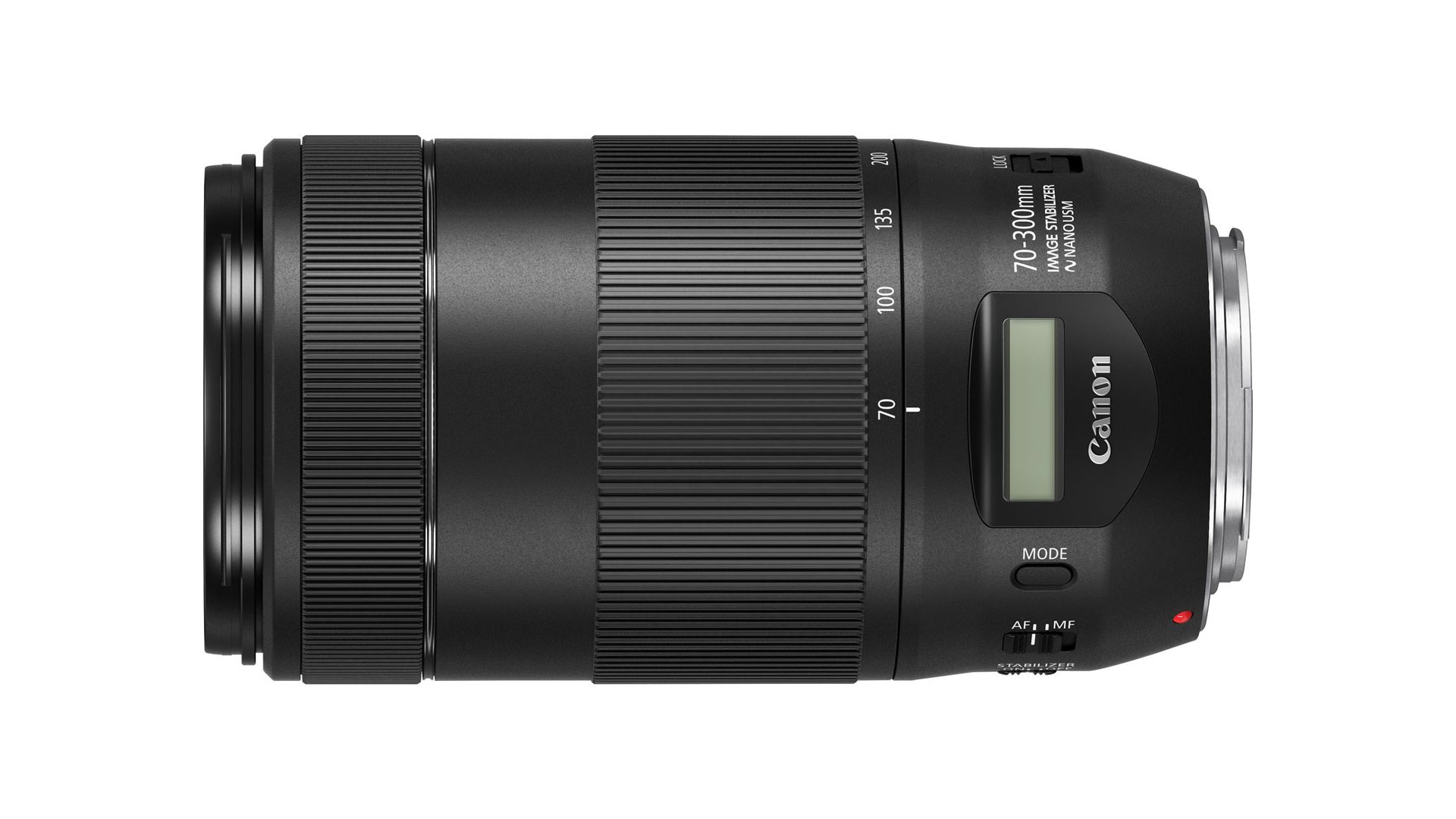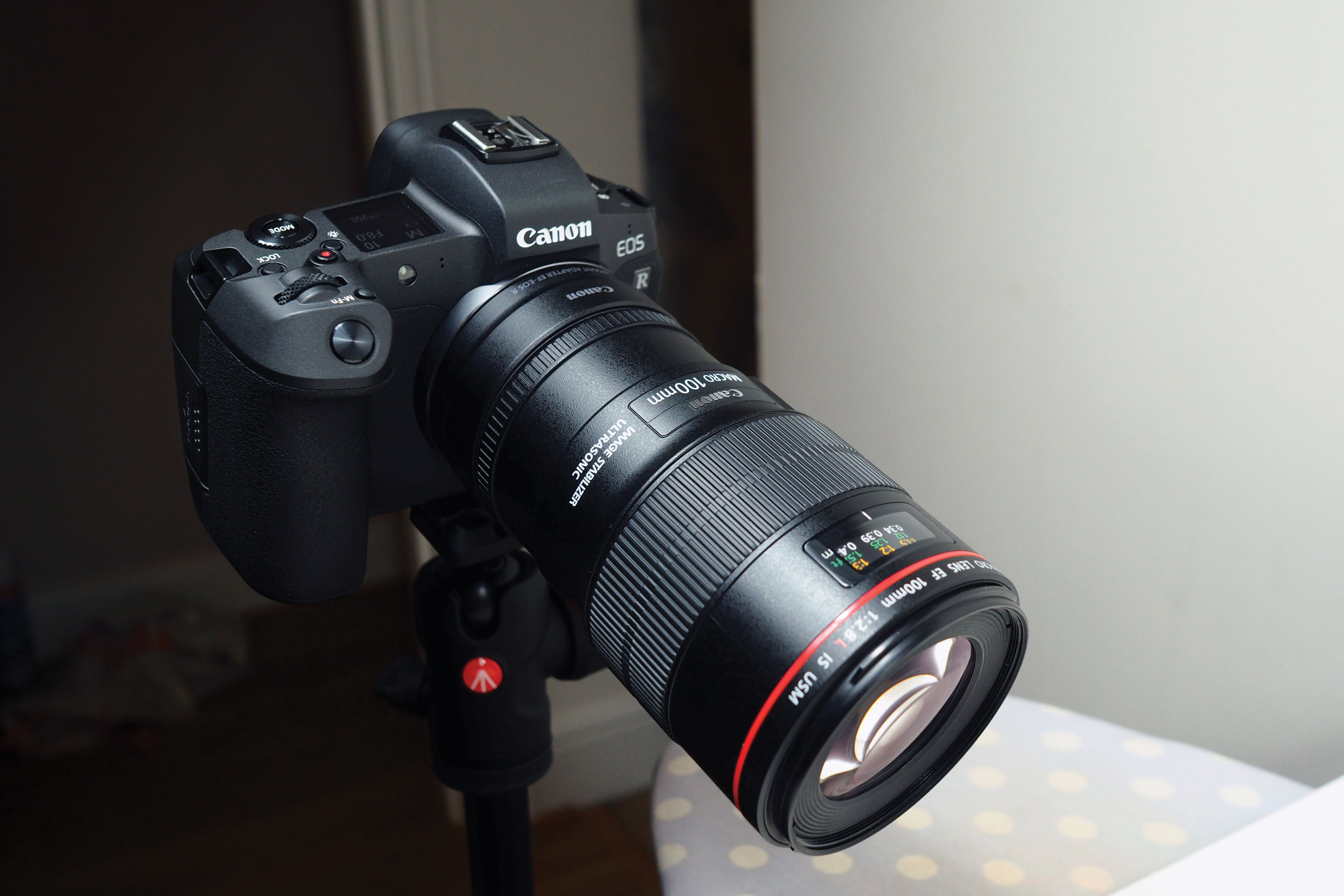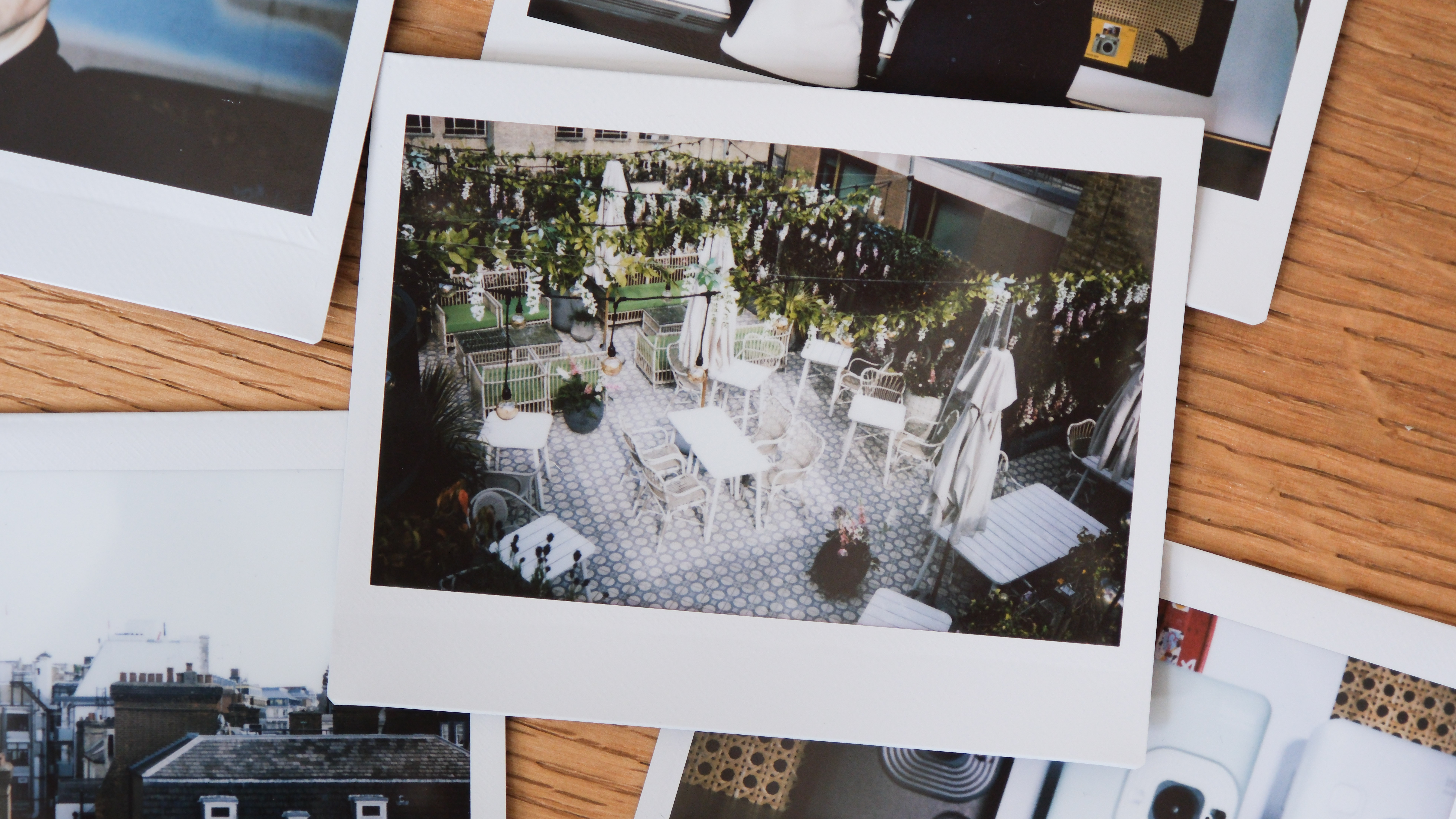The best lenses for the Canon EOS Rebel SL3 (EOS 250D): get the right glass for this small DSLR with a big heart
Pick the best lenses for Canon EOS Rebel SL3 (EOS 250D) and start building your DSLR system. I've got some great recommendations.
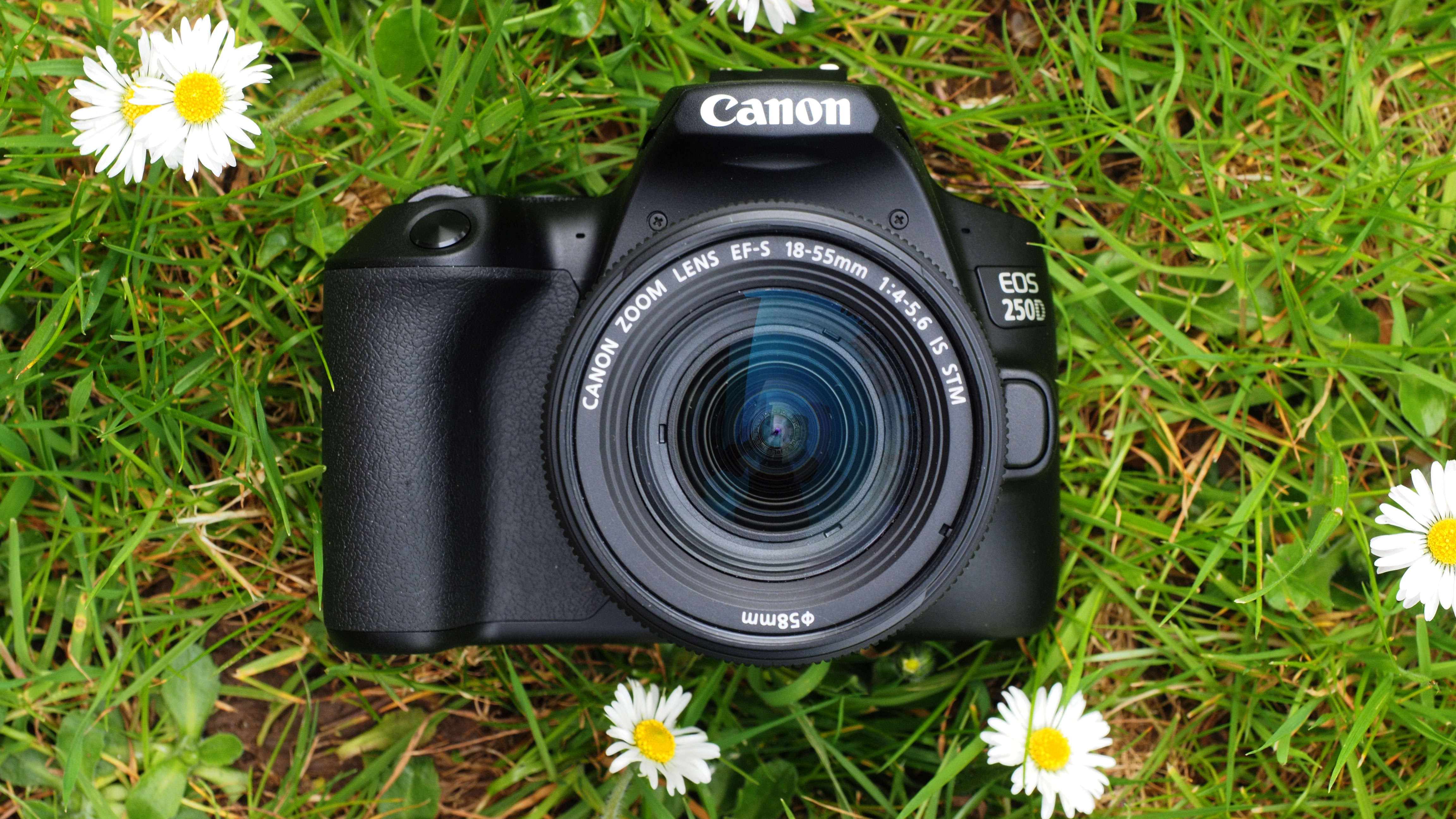
I love that the Canon EOS Rebel SL3 is relatively compact and lightweight for a DSLR. It's an APS-C format camera (sold as the EOS 250D outside North America) that comes packed with features and connectivity. I reckon it's perfect for beginners and even for more advanced photographers who want to max out on flexibility without having to spend big bucks. I feel it gives the opportunity of keeping some cash in reserve, so I can pick extra lenses to suit a wide choice of subjects and shooting scenarios.
With entry-level DSLR cameras, most of us are looking for flexibility and hence zoom lenses. Zoom lenses offer two real advantages: the ability to recompose without having to move the camera, and the reduction of any need to swap over lenses while shooting, meaning photographers can travel lighter with fewer lenses.
Whether zoom or prime, each lens has its own set of unique characteristics in terms of optical quality and features. I’ve rounded up some of the best-quality lenses suitable for the Rebel SL3 (aka the EOS 250D), choosing lenses that have minimal optical distortion, and limited color fringing – while offering good value for money.

Jase Parnell-Brookes is an award-winning photographer, educator and writer based in the UK. They won the Gold Prize award in the Nikon Photo Contest 2018/19 and was named Digital Photographer of the Year in 2014. After completing their Masters, Jase has spent a good chunk of two decades studying and working in photography and optics. Now the Channel Editor for Cameras and Skywatching at Space.com, their speciality is in low-light optics and camera systems.
The Quick List
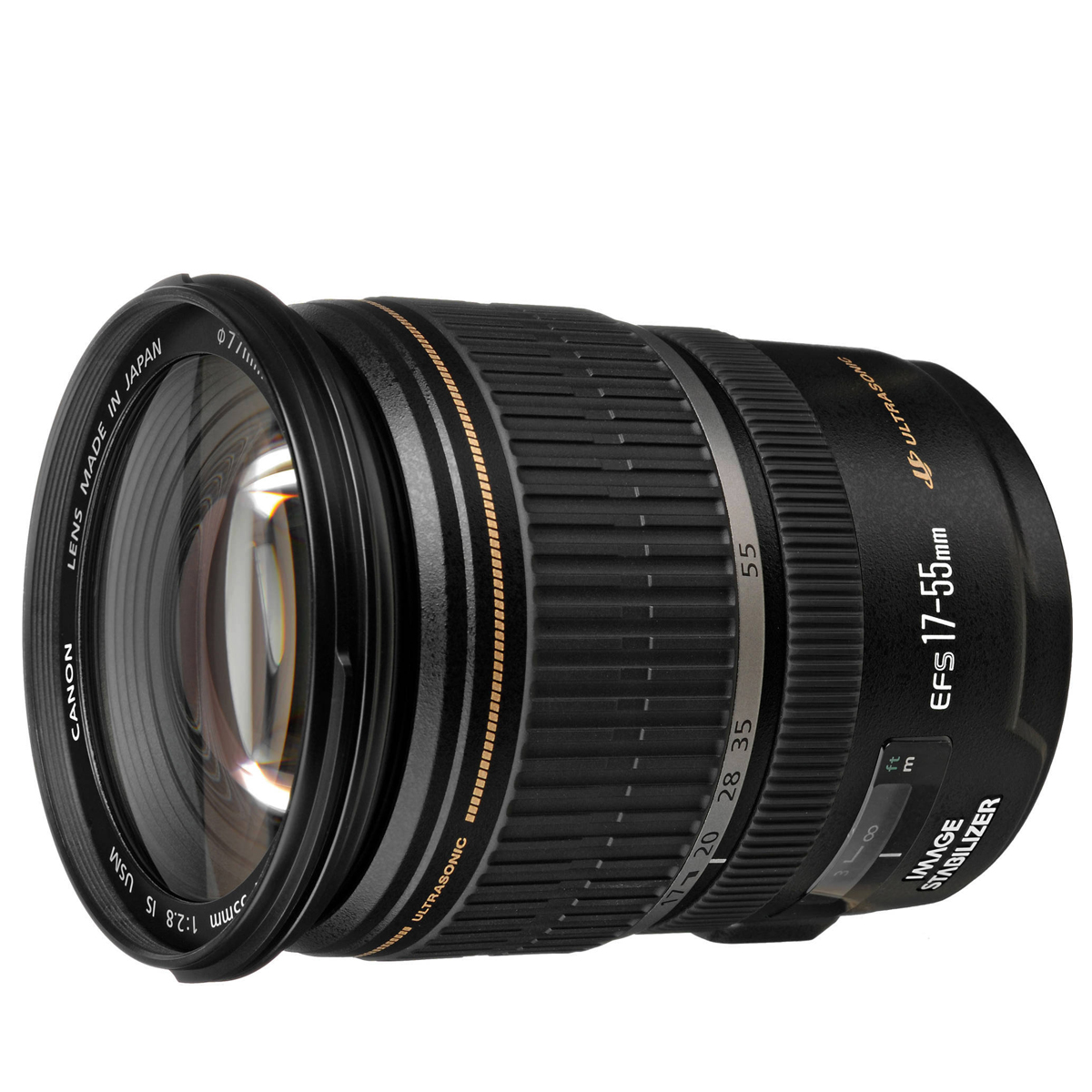
Capable handling credentials and a helpfully wide aperture make this zoom a step up from your kit lens. Read more below…
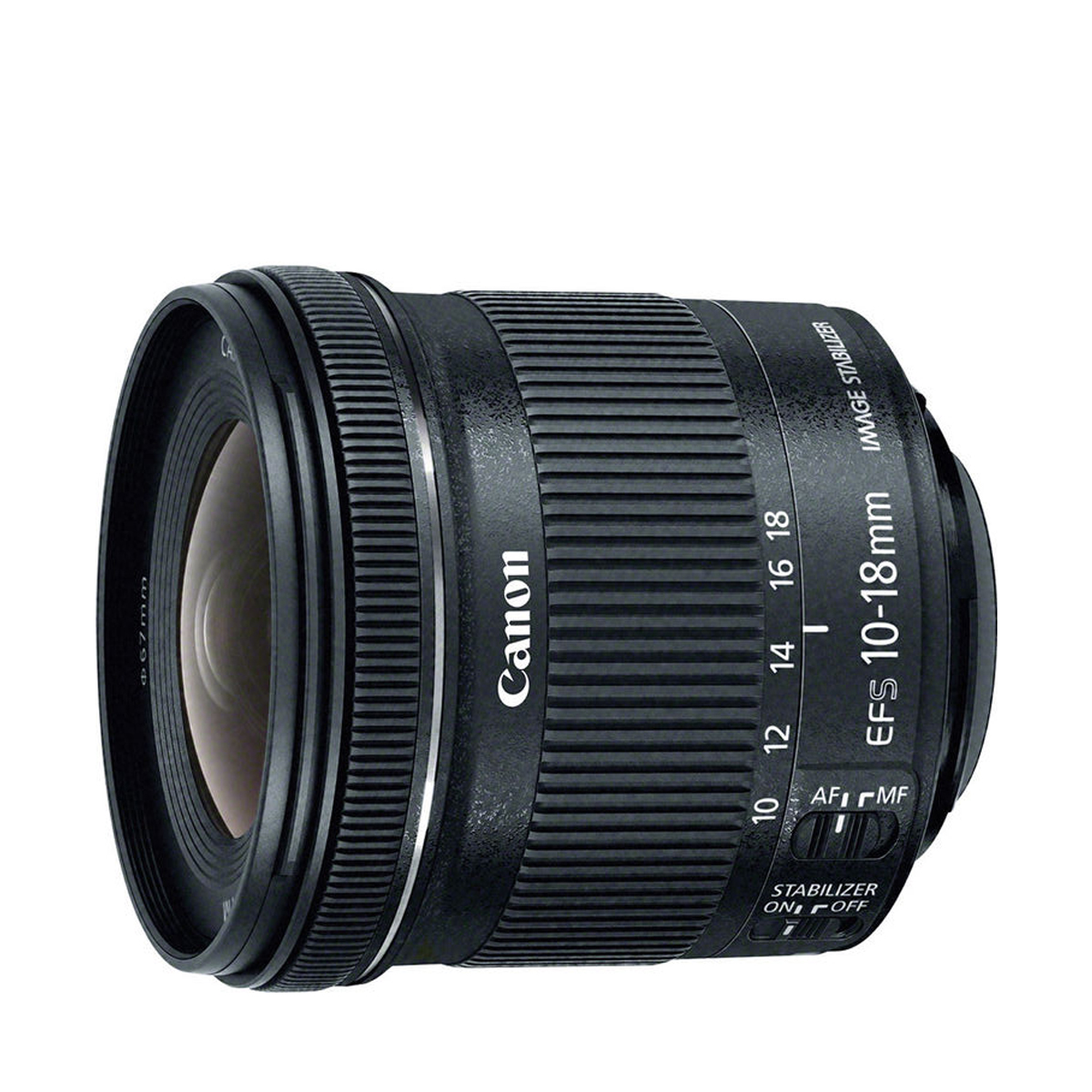
This zoom provides a pleasing focal length range for landscapes and architecture, as well as video recording. Read more below…
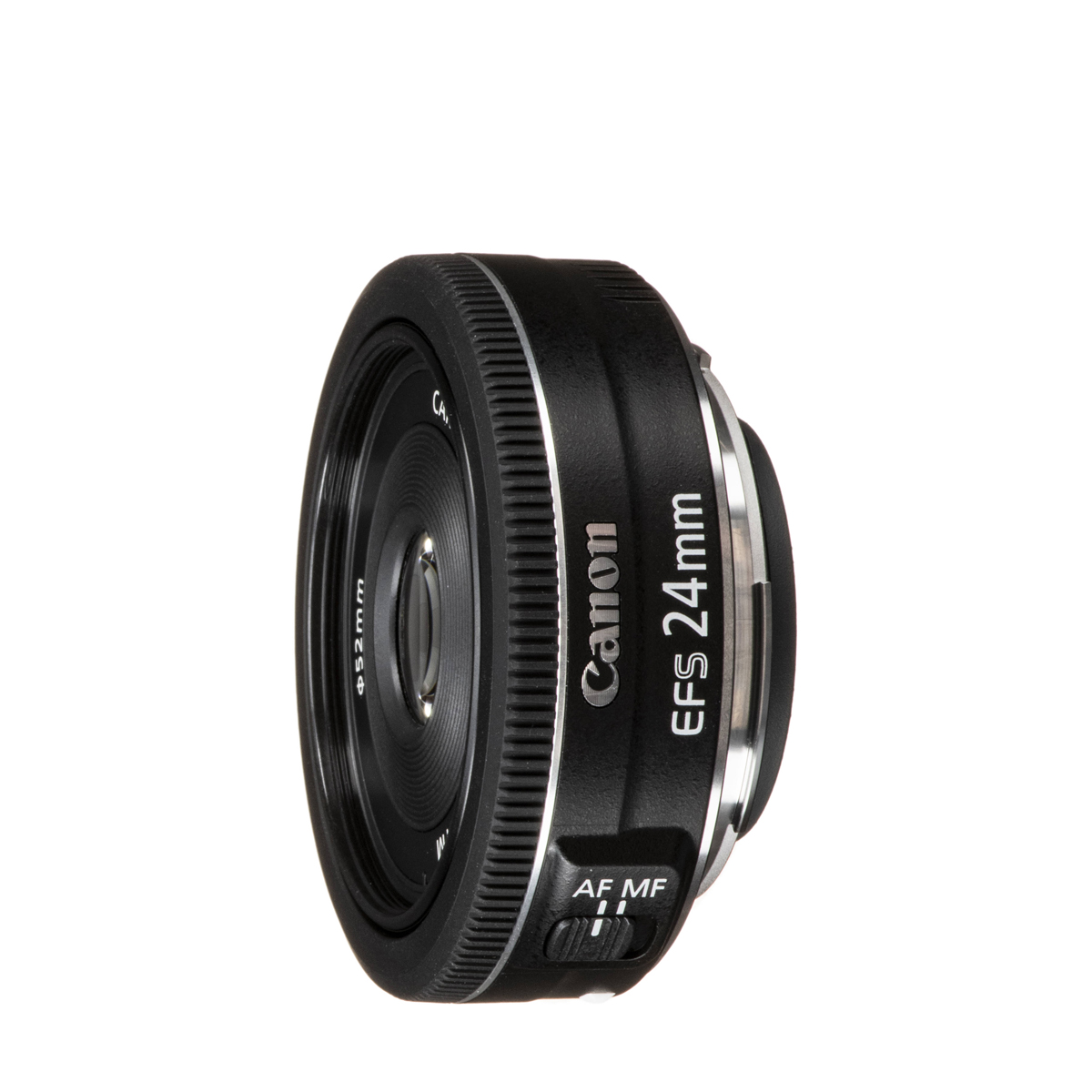
You’ll hardly notice this lens on your SL3, but its classic field of view and wide aperture make it suitable for off-the-cuff shooting. Read more below…
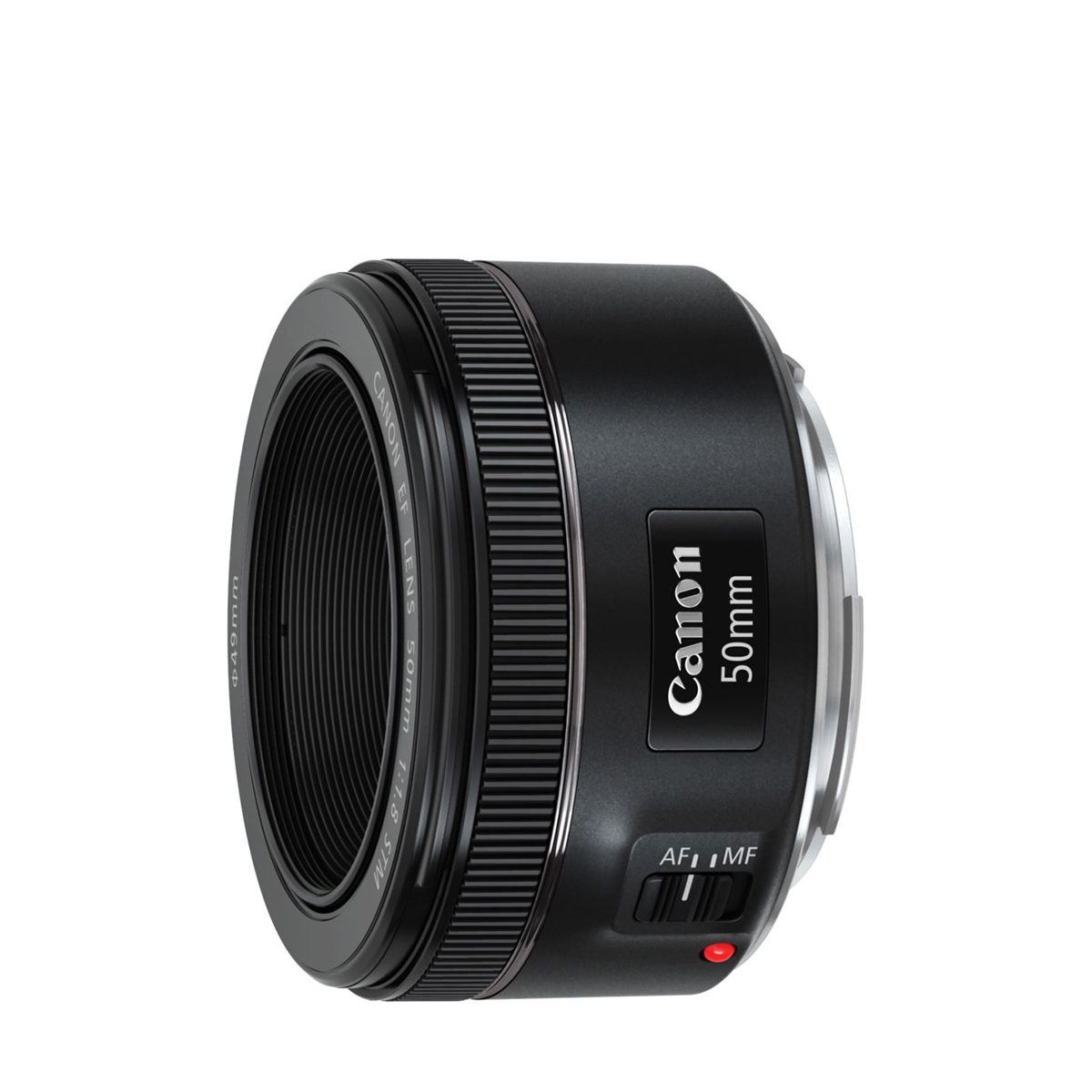
This prime is ideal for capturing people shots, with a very wide aperture to generate delightful background blur. Read more below…
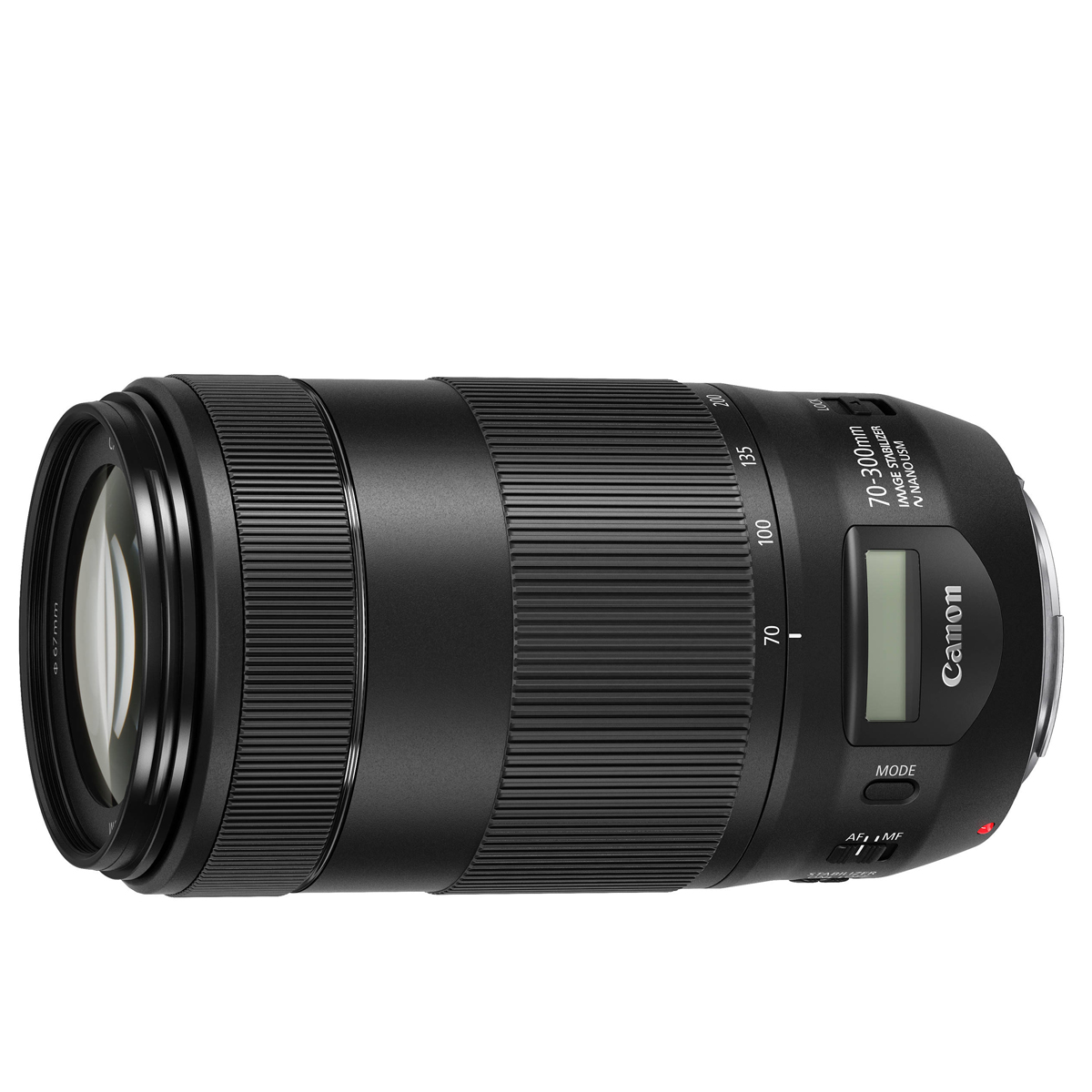
On the Rebel SL3, this zoom reaches the equivalent of 480mm, with image stabilization to help keep images sharp. Read more below…
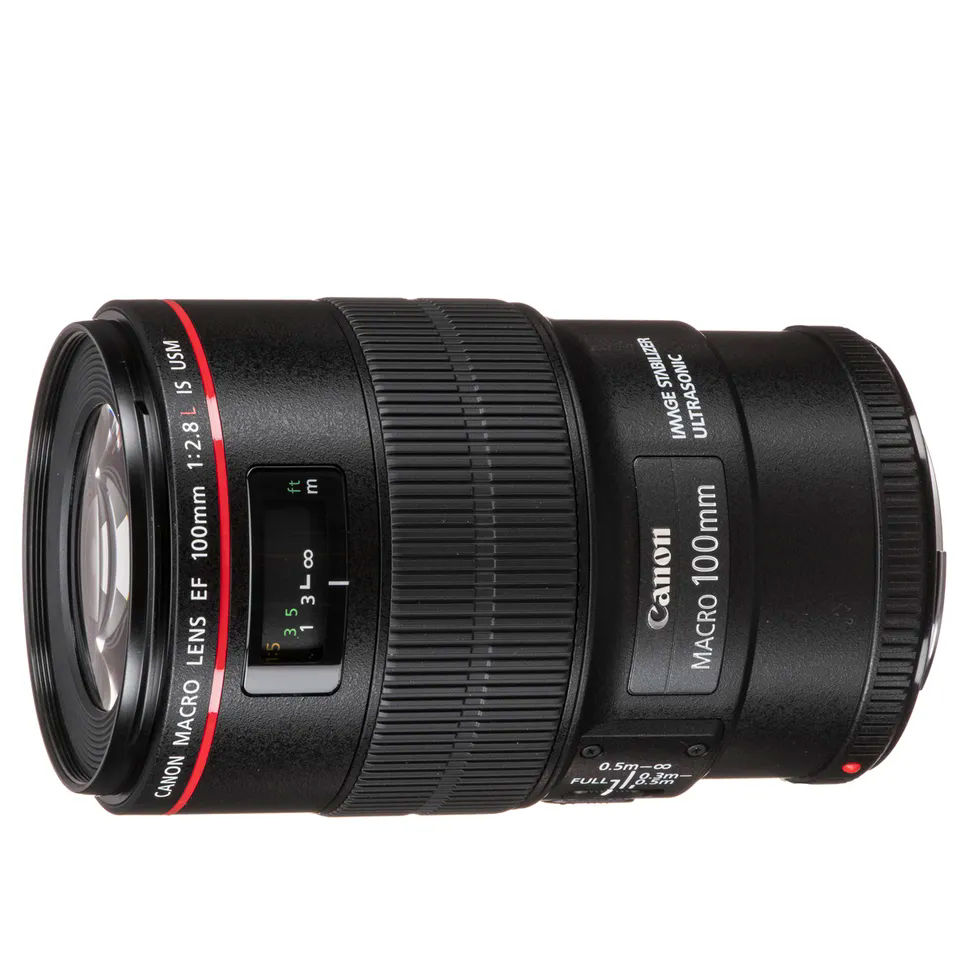
It's a full-frame compatible lens and Canon's finest ever macro prime for DSLRs, but comparatively pricey. Read more below…
Best lenses for Canon EOS Rebel SL3 / EOS 250D
Why you can trust Digital Camera World
Best everyday lens for the Rebel SL3
Specifications
Reasons to buy
Reasons to avoid
The 18-55mm kit lens sold with many Rebel T6 and T7 cameras has a nearly identical focal length range to this zoom, but that’s where the similarities end. Although the 17-55mm dates back to 2006 and looks its age in a design sense, it gives you quality performance, with decent image stabilization and a wide f/2.8 aperture that can cope admirably with low light.
Read more: Canon EF-S 17-55mm f/2.8 IS USM review
Best wide-angle lens for the Rebel SL3
Specifications
Reasons to buy
Reasons to avoid
This wide-angle zoom is a terrific choice if you enjoy shooting landscapes and astrophotography, or architecture and interiors. On the Rebel SL3, it delivers an effective focal length of 16-28.8mm, ideal for capturing wide views. You’d normally expect to shoot such scenes on a tripod to capture the sharpest detail, but the four stops of image stabilization this lens provides make handheld shooting viable.
It’s also a handy focal length range for video recording, so it’s helpful that the STM-based autofocus system is nice and quiet.
Read more: Canon EF-S 10-18mm f/4.5-5.6 IS STM review
Best street photography lens for the Rebel SL3
Specifications
Reasons to buy
Reasons to avoid
Using a pancake design that really keeps the size down, this lens takes up very little space. Its field of view combined with the crop factor on APS-C bodies provides an equivalent focal length of 38mm, for natural-looking perspectives. It’s close to the classic 35mm focal length favoured by many street photographers. The wide f/2.8 aperture means you can keep shooting with confidence as the light fades.
Read more: Canon EF-S 24mm f/2.8 STM review
Best portrait lens for the Rebel SL3
Specifications
Reasons to buy
Reasons to avoid
This prime is really designed for full-frame cameras, but it’s small and light enough to complement the Rebel SL3 well. Its effective focal length on the SL3 is 80mm, which many portrait photographers favor, because you can get a nice headshot without being too close, and an angle of view that flatters facial features.
To sweeten the deal, the super-wide aperture of f/1.8 means you can get some satisfying bokeh effects to make your portraits look really polished – and the price is surprisingly low for a lens capable of such high-quality results.
Read more: Canon EF 50mm f/1.8 STM review
Best telephoto lens for the Rebel SL3
Specifications
Reasons to buy
Reasons to avoid
With an equivalent focal length range on the Rebel SL3 of 112-480mm, this zoom really delivers in terms of reach. It’s an affordable telephoto with good image stabilization, which helps you capture sharp images in dimming light despite the narrowing of the aperture as you zoom in.
Read more: Canon EF 70-300mm f/4-5.6 IS II USM review
Best macro lens for the Rebel SL3
Specifications
Reasons to buy
Reasons to avoid
This is a favorite choice for any Canon DSLR owner who needs a macro lens for extreme close-ups. It provides L-series build quality with weather sealing, hybrid optical stabilization, ring-type ultrasonic autofocus and an autofocus limiter switch. Importantly for macro shooting, the focus ring is smooth and precise.
The images the lens produces are the equal of its outstanding build and handling, with impressive detail throughout the aperture range.
Read more: Canon EF 100mm f/2.8L Macro IS USM review
Lab data and comparisons
The graphs below show the comparative performance of the lenses in this guide, based on our in-house lab tests. The Canon EF-S 24mm and EF 100mm Macro primes are winners for sharpness, while the EF-S 10-18mm and EF-S 18-135mm zooms bring up the rear. The same goes for color fringing. The EF-S 24mm and EF 50mm also show some barrel distortion.
Scores for sharpness and color fringing are averaged from data taken across the entire image frame, from the center to the edges and corners, throughout the aperture range. For zoom lenses, the scores are also averaged from data measured at all marked focal lengths, and the same applies to distortion. Bear in mind that these average values don't fully reflect specific areas of performance. For example, a zoom lens might have noticeable barrel and pincushion distortion at its shortest and longest focal lengths respectively, which tends to average out when looking at the data overall. For more detailed graphs of each lens's performance, which give the full picture, check out the graphs in our full standalone lens reviews.
How to choose the best lens for the Rebel SL3
Do all Canon lenses fit the Rebel SL3?
The Rebel SL3 uses the Canon EF-S mount, which accepts two types of lens: EF-S and EF.
EF-S lenses are tailor-made for the EF-S mount, and are the best choices for most Rebel SL3 owners in most shooting situations.
EF lenses are designed for use with full-frame Canon DSLRs rather than APS-C DSLRs like the Rebel SL3. They operate perfectly well, but are usually heavier and more expensive than their EF-S equivalents.
The Rebel SL3 can’t use Canon RF or EF-M lenses, which are designed for mirrorless Canon cameras.
If you later upgrade to a Canon R-series mirrorless camera, you can continue to use your EF and EF-S lenses on your new camera if you buy a Canon Mount Adapter EF-EOS R. An EF-S lens on a full-frame R-series camera with adapter produces a cropped image, so this isn’t a combination we’d recommend.
How do I know which lens to get for my Rebel SL3?
The reason there are so many types of lens in the first place is that different scenes demand different lens designs, particularly when it comes to focal length and aperture rating.
Usually, you will decide what you want to photograph, then get a lens with the focal length that suits the situation. For example, to shoot landscapes you will need a wide-angle lens, while for sports and wildlife you will need a telephoto.
You can watch this video that explains focal length: it helps you work out what kind of lenses you need for different genres of photography.
How we test lenses
The lens experts in our testing lab run a range of tests under controlled conditions, using the Imatest Master testing suite. Photos of test charts are taken across the range of apertures and zooms (where available), then analyzed for sharpness, distortion and chromatic aberrations.
We use Imatest SFR (spatial frequency response) charts and analysis software to plot lens resolution at the centre of the image frame, corners and mid-point distances, across the range of aperture settings and, with zoom lenses, at four different focal lengths.
There's more to it than just the technical side, though! Beyond the lab, our reviewers test lenses in real-world environments – and sometimes on professional shoots! We work with lenses both indoors and outdoors, in studio conditions and in natural light, with as many different subjects as is possible (or appropriate – there's no point testing a landscape lens' ability to shoot a portrait!).
We take into account everything from handling and ease of use to speed of autofocus and the overall quality of the images produced.
Find out more about how we test and review on Digital Camera World
The best camera deals, reviews, product advice, and unmissable photography news, direct to your inbox!
Jase Parnell-Brookes is an award-winning photographer, educator and writer based in the UK. They won the Gold Prize award in the Nikon Photo Contest 2018/19 and was named Digital Photographer of the Year in 2014. After completing their Masters Jase has spent a good chunk of two decades studying and working in photography and optics shooting and writing all over the world for big-name brands and media outlets. Now the Channel Editor for Cameras and Skywatching at Space.com their speciality is in low light optics and camera systems.
